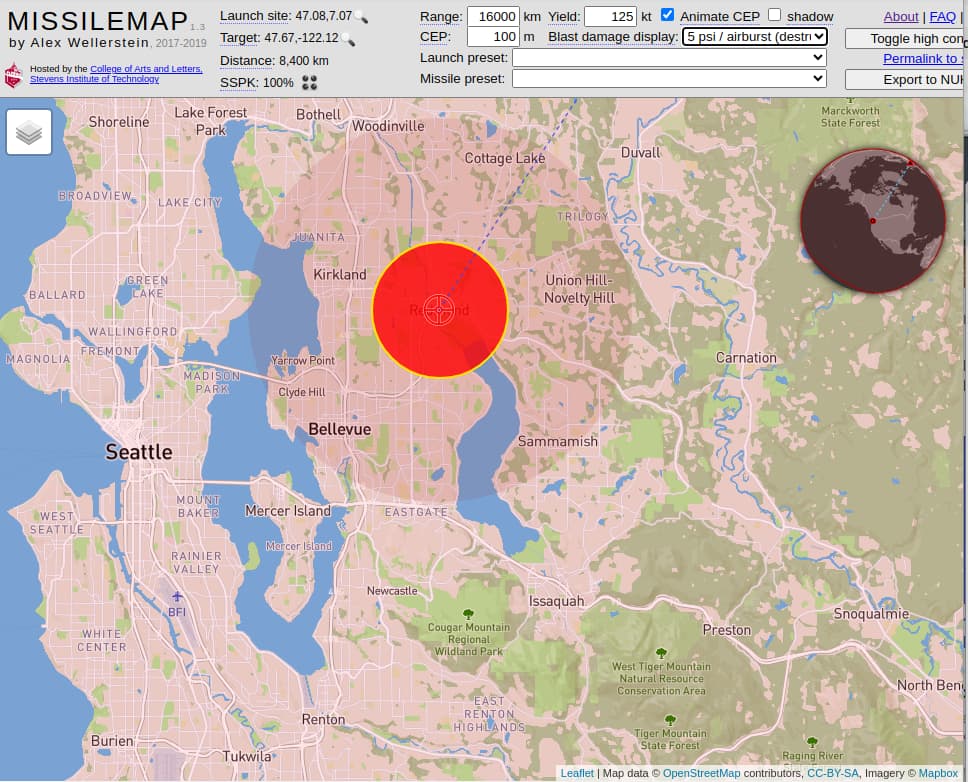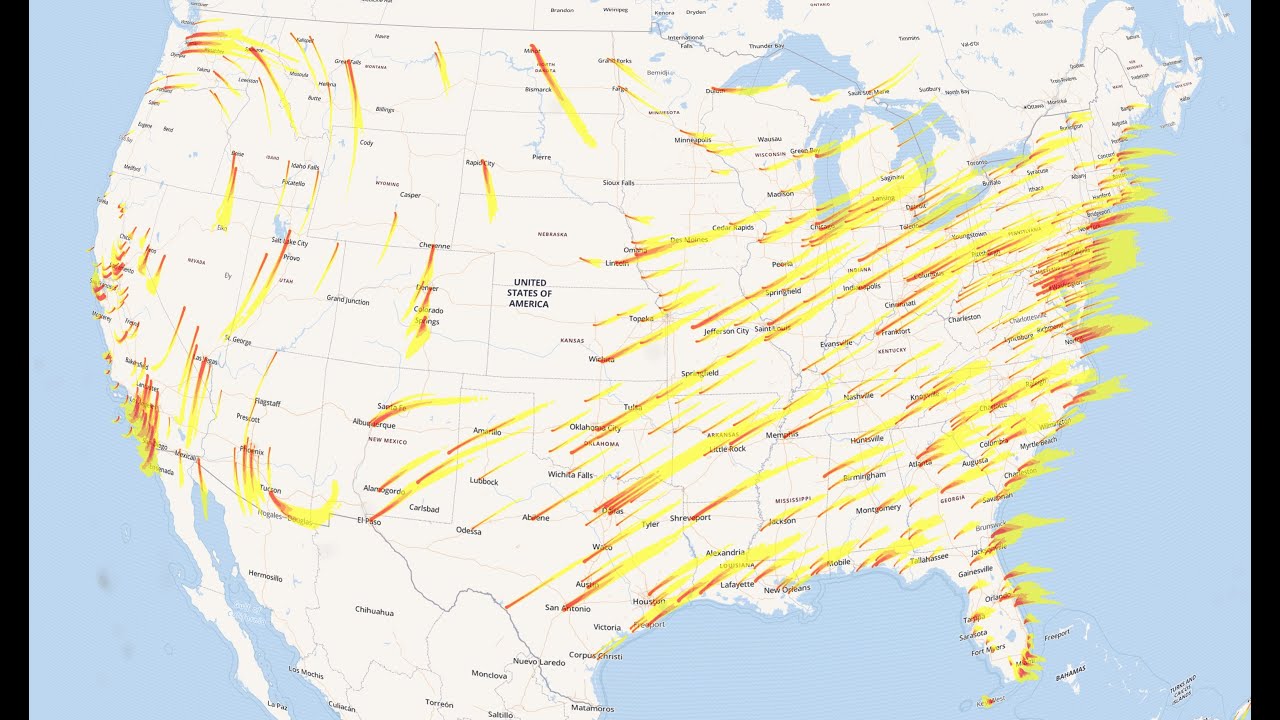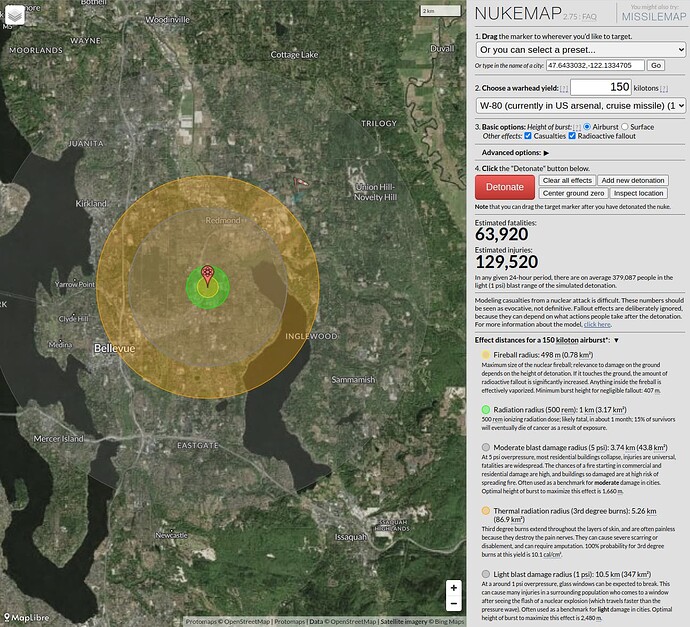The reviews of Nuclear War Simulator on Steam are distinctly mixed. For example:
As an academic researching uclear strategy, I say: DON’T BUY THIS PRODUCT!!!
Overly priced Nuclear simulation, when you could get the same thing for free with Nuke Map. I regret buying this.
I wrote my master thesis in war studies about Nuclear strategy, so I was actually interested to see what this could do. Turned out, it didn’t really offer much. It basically just shows what the effects of a nuclear strike is; nothing about how an actual nuclear conflict would be fought or how nuclear weapons could be used to achieve different strategic objectives.
The scenarios aren’t really realistic either; I tried to set up a scenario involving a conflict between Sweden and Russia. For some reason, Sweden started nuking Russia,. Not really a realistic outcome. I tried a different scenario to simulate a conflict between NATO and Russia. China started the whole thing with nuking Germany, and then the US responded by nuking France. And for some reason, Denmark nuked Ireland.
This is not a nuclear war simulator; it’s an overly priced nuclear explosion simulator.
Don’t buy this “simulator”. Just go on nukemap and get the same thing for free.
https://nuclearsecrecy.com/nukemap/
Well, I suppose there is something to be said for nuking France, just on general principles….
I do recommend Alex Wellerstein’s NUKEMAP, which has been available for free on the Web since 2012. It lets you select the target, yield, and burst height, then calculates the fireball, radiation, blast, and thermal radiation radii, displaying all superimposed on MapLibre imagery. Here is an experiment I just ran with a U.S. W80 cruise missile warhead at maximum yield of 150 kt in an optimal airburst above Microsoft headquarters in Redmond, Washington.
(Click image to enlarge.)
Here is a link to repeat this detonation.
The companion MISSILEMAP allows modeling a missile attack, here from Fourmilab to the aforementioned target.

The more analytically inclined may find Fourmilab’s on-line Strangelove Slide Rule useful in evaluating weapons effects, as described in the on-line edition of the 1977 book, The Effects of Nuclear Weapons.



